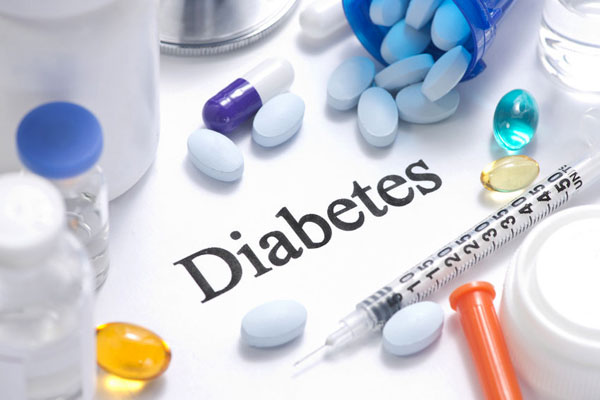Eli Lilly’s Mounjaro to become leading GLP-1 therapy for type 2 diabetes in NHS in UK: GlobalData
The National Institute for Health and Care Excellence (NICE) provided guidance in August 2023 explaining that where triple therapy with metformin and two other oral antidiabetic drugs has proven ineffective, the patients are eligible to change to GLP-1 therapies
Eli Lilly received approval for its dual glucagon-like peptide-1 receptor agonist (GLP-1)/gastric inhibitor polypeptide receptor agonist (GIP) therapy Mounjaro (tirzepatide) in August 2023 for use as a new treatment option for patients in England with type 2 diabetes (T2D), in cases where the existing treatment management options are insufficient. With the recent clinical data that has come out of both the SURMOUNT and SURPASS trials for both T2D and obesity, it is likely that Mounjaro will become the leading GLP-1 therapy in the National Health Service (NHS) in the UK, says GlobalData.
The National Institute for Health and Care Excellence (NICE) provided guidance in August 2023 explaining that where triple therapy with metformin and two other oral antidiabetic drugs has proven ineffective, the patients are eligible to change to GLP-1 therapies.
As a once-weekly injectable therapy, similar to semaglutide, that is likely to be used mostly in specialist NHS weight management services, Mounjaro is less likely to be adopted for use in primary care in comparison to oral agents. Mounjaro as a therapy for T2D is likely to gain significant uptake in the primary care space as well as eventually in specialist weight loss management services. The therapy has been proven to significantly reduce hemoglobin A1C (HbA1c), also referred to as Glycated Hemoglobin, and induce significant weight loss in patients with obesity, which is often the case for T2D patients.
Akash Patel, Pharma Analyst at GlobalData, comments, “As a result of the approval by NICE for NHS use of Mounjaro, Lilly is likely to become the leading GLP-1 manufacturer in the T2D space in the UK market over the next decade as its data rivals that of its competitors. There will be increasing competition from semaglutide and other potential GLP-1s that enter the T2D space, but Mounjaro will likely compete well against these therapies considering both the T2D and weight loss data and the potential lowering of cardiovascular risk (which is currently being assessed at Phase III).”
NICE is expected to publish guidance regarding the use of Mounjaro for weight loss in Q1 of 2024, and potential challenges remain for Lilly regarding the sufficient supply of medications for patients with T2D.
Patel concludes, “Mounjaro will become the leading GLP-1 therapy in the T2D and obesity space within the next decade, particularly for the UK market, and Lilly’s position in the space will be strengthened further with the eventual launch of ‘triple G’ receptor agonist (GLP-1/GIP/glucagon receptor (GR)), retatrutide, which is currently in Phase III for T2D and obesity.”


